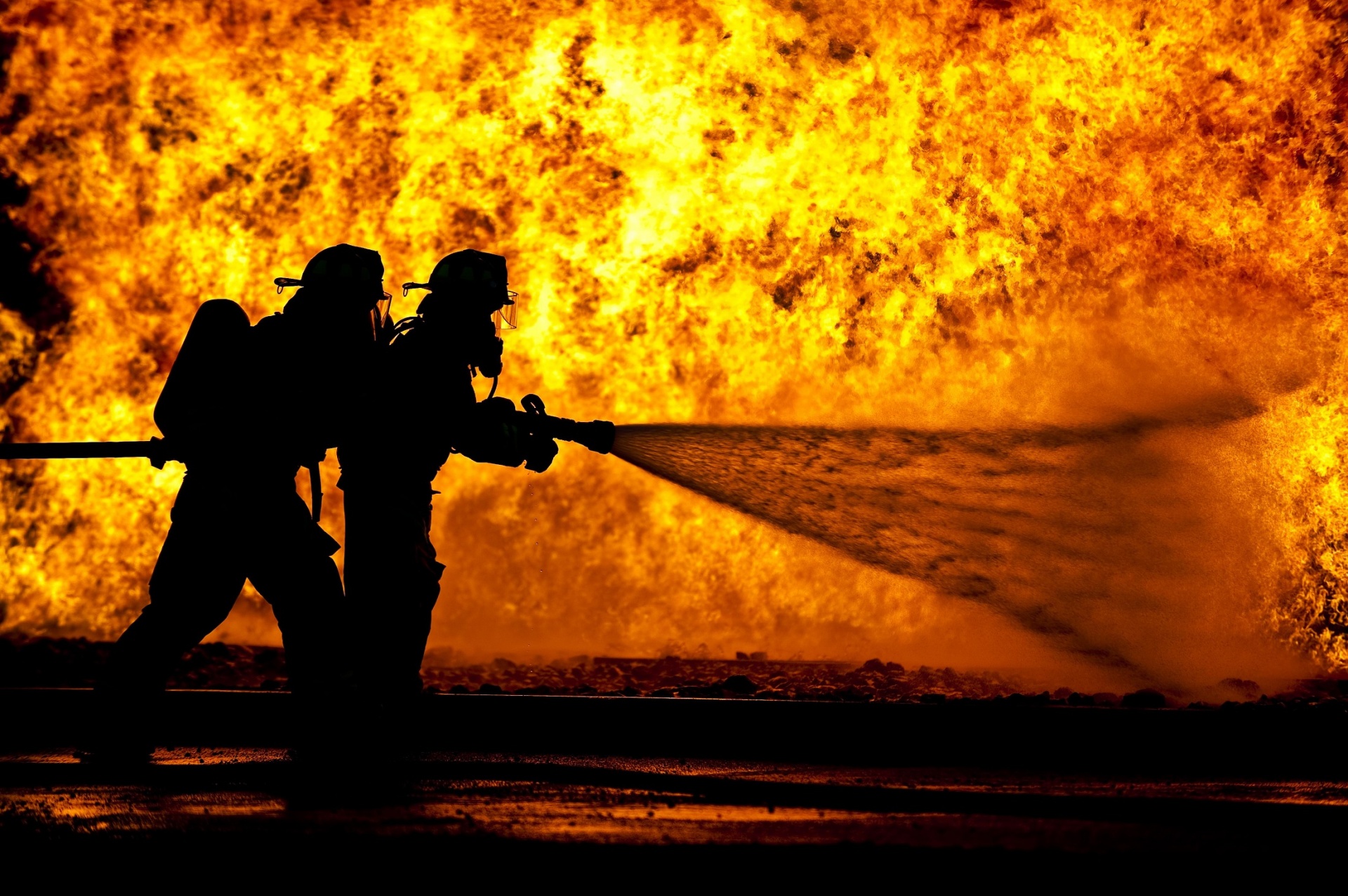Who is Responsible for the 36 Victims in Deadly Oakland Fire?
With 36 confirmed dead in an Oakland warehouse fire, many grieving families want answers as to what, and who, is responsible for the deadly fire that trapped so many during an electric dance party in a building with no smoke alarms or sprinkler systems.
The former warehouse was a dilapidated two-story structure that, from the outside, appeared to be abandoned because of the disrepair it was in. In fact, a citation was issued to the owner sometime in November for hazardous trash and debris outside of the building, but city and state officials have also fielded numerous complaints over the years about dangerous conditions, drugs, all-night dance parties, neglected children, trash, thefts and squabbles at the warehouse. Zoning officials were also investigating complaints of illegal construction on the property, as well as illegal residential use, but neither were confirmed by inspectors.
Witnesses have described the interior as a maze of man-made studios, workshops and residences with couches, pianos, beds, microwaves, refrigerators, hot plates, music equipment, a man-made staircase made of wooden pallets connecting the ground floor to the second story, and even RVs. Power sources have been described as just numerous extension cords plugged into each other.
With all the speculation surrounding ignored building codes, dangerous conditions and what the building was actually being used for, it begs the question about who’s responsible. Is it the owner of the building? The manager? The host of the party? Or someone else?
These Types of Buildings Aren’t Uncommon in Bay Area
With skyrocket rent in the Bay area, these little communities aren’t uncommon. Derek Ion Almena had signed a lease for the property and apparently subleased space to others in what’s become known as the “Ghost Ship”. According to the Today show, Almena said he opened the warehouse to artists who couldn’t pay the rent because their dreams were “…bigger than your pocketbook.”
The warehouse owner’s, Chor N. Ng, daughter, Eva Ng, however, told the Los Angeles Times that the warehouse was leased as studio space for an art collective and not as a dwelling. This will definitely make a difference because zoning standards are stricter for residential uses. Almena insisted the building was leased to “city standards supposedly”, but the warehouse was permitted only as a one-story warehouse, not for entertainment or residential use.
An official report about the cause of the fire hasn’t been released yet, but there has been speculation that it started with a
refrigerator.
Everyone is Looking for Someone to Blame
What kind of claims should we expect to see here? Wrongful death suits to start, which would likely name Ng and Almena for liability, but there’s a whole slew of people that could be put up to the plate. Keep in mind that ci vil tort cases like this only require a preponderance of the evidence, which is a much easier and lower standard to prove than the beyond a reasonable doubt standard in a criminal case.
vil tort cases like this only require a preponderance of the evidence, which is a much easier and lower standard to prove than the beyond a reasonable doubt standard in a criminal case.
Let’s take a closer look at potential targets that could get sued for liability.
- The owner, Chor N. Ng. The first obvious choice for liability, even despite the fact that the owner of the building may have been blind to the fact that people were living within the building. The owner will still have some liability, though, as landlords have a general responsibility to know what’s going on on their property.
- The manager, Derek Ion Almena. The second obvious choice. Did the lease allow him to sublease? If not, this is definitely an argument Ng could use in her favor. Landlord tenant law generally puts liability for damages on who is at fault for the fire. Since this fire involved so many deaths, though, any action, or lack of action on behalf of the owner, that gives even a glimpse of responsibility is going to be scrutinized under a magnifying glass.
- Promoter of the party. Who threw the electric dance party? This may not be your first thought, but there’s likely liability here as well. Almena’s wife and child, who lived in the building, were reportedly staying at a hotel that night, which eludes to the fact that Almena may have at least had knowledge of the party.
- Contractors, engineers, or architects. Basically, anyone that has worked on the site throughout the years could be targets.
- Manufacturers. Did an appliance within the building have faulty wiring that sparked or contributed to the fire? There definitely seems to be some mitigating factors here, though, even if this is the case, especially when you consider the way witnesses described the makeshift and sloppy way power sources were hooked up.
- The City of Oakland. However, this one seems less likely since they could assert governmental immunity and the city was already doing their part to investigate whether there was illegal use. Even still, allegations that the warehouse has not been inspected for over 30 years could present issues for the city.
Depending on the outcome of the investigation, criminal liability could be possible for the owner and manager as well. Arson hasn’t been ruled out yet and the local prosecutor has even said the state hasn’t ruled out the possibility of murder charges.

Comments